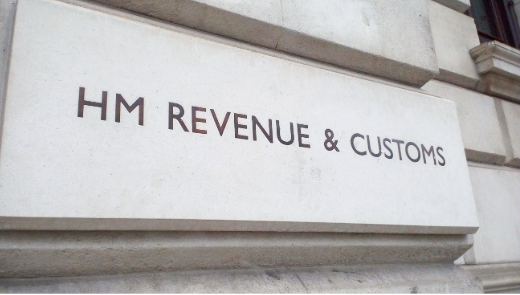Pension Fixed Protection Explained
What is Fixed Protection 2014 for pensions?
The Lifetime Allowance is the ‘maximum’ under HMRC rules you can hold in a pension, without a potential tax charge being applied. At present, the Lifetime Allowance is £ 1.5 million, but this will reduce to £ 1.25 million on 6 April 2014. As a consequence of this, a new transitional protection is being introduced – Fixed Protection 2014 – to help people who have pension rights that already exceed (or are likely to exceed) the reduced lifetime allowance.
Those who register for this protection will have a personal Lifetime Allowance of £1.5million (until such time, if ever, that the standard lifetime allowance increases above this), so it could offer valuable tax breaks.
The trade-off is that you can’t have benefit accrual after 5 April 2014.
What is ‘benefit accrual’ under the Fixed Protection 2014 rules?
Anyone who registers for Fixed Protection 2014 must stop any “benefit accrual” after 5 April 2014.
For money purchase arrangements, this means no “relevant contributions” can be paid after 5 April 2014. The only contributions allowed are contributions to provide life cover under existing arrangements in place before 6 April 2006 (or new arrangements started to comply with age discrimination requirements or Section 255 of the Pensions Act 2004).
For defined benefit (or cash balance) arrangements, it means the benefit value can’t increase by more than the “relevant percentage” in any tax year after 5 April 2014.
Defined benefits and benefit accrual
The benefit value on 5 April 2014 is calculated in the same way as for a Lifetime Allowance test (i.e. 20 x the accrued pension plus any separate tax free lump sum).
The relevant percentage is:
- any annual rate of benefit increase specified in the scheme’s rules on 11 December 2012; or
- if no increases are specified, the increase in CPI for the year to September before the start of the tax year.
Benefits for active members of defined benefit schemes usually increase by reference to pensionable salary and years of service, so the relevant percentage for them will normally be the CPI increase. But there are circumstances where scheme rules commonly specify an annual rate of benefits increase. For example:
- scheme rules normally say how preserved benefits will be increased for deferred members;
- schemes based on career average earnings usually specify an annual uprating percentage for accrued benefits or previous years’ pensionable earnings; and
- many schemes specify annual rates of benefit increase for late retirement.
These Fixed Protection rules were designed so that leaving a defined benefit scheme before 6 April 2014 would normally keep benefit increases within the relevant percentage (and, therefore, safeguard fixed protection).
The test for benefit accrual is always on prospective rights attributed to the member, rather than actual rights taken. What this means is that fixed protection would be lost if, for example, the increase in benefits during a tax year exceeded the CPI allowance, even though the member vests during that year, and because of an early retirement reduction factor the actual benefits that come into payment are below the CPI increase.
Also, because prospective rights are always based on the member being in good health, if a scheme gives an enhancement on the grounds of incapacity when benefits actually come into payment, that’s not deemed as benefit accrual. However, any other enhancement, such as an increase given on redundancy, would count.
But members of defined benefit schemes won’t necessarily have to opt-out of the scheme before 6 April 2014. In some circumstances, it may be possible to remain an active member without losing Fixed Protection.
The member will have to check their position each tax year to make sure their benefits don’t increase by more than the relevant percentage. But as the CPI increase is known in advance, the member will know the amount by which their benefits can increase about 6 months ahead of the tax year starting.
Auto Enrolment – a word of warning
From October 2012 onwards, if your employer is subject to the auto-enrolment duty, they will automatically enrol you into a qualifying workplace pension scheme. This could be:
- an occupational scheme
- a workplace personal pension scheme
- the National Employment Savings Trust (NEST).
If your employer automatically enroll you, you will have 1 month to opt out and be treated as if you were never a member. If you do not opt out in time, you will lose your Fixed Protection.
If you have applied for this protection, it is advisable to give a copy of the Fixed Protection Certificate to your employer.
This document is marketing material for a retail audience and does not constitute advice or recommendations. Past performance is not a guide to future performance and may not be repeated. The value of investments and the income from them may go down as well as up and investors may not get back the amount originally invested.
Let's Talk
Book a FREE 30-minute Teams call and we’ll answer your questions. No strings attached.
Check Availability




